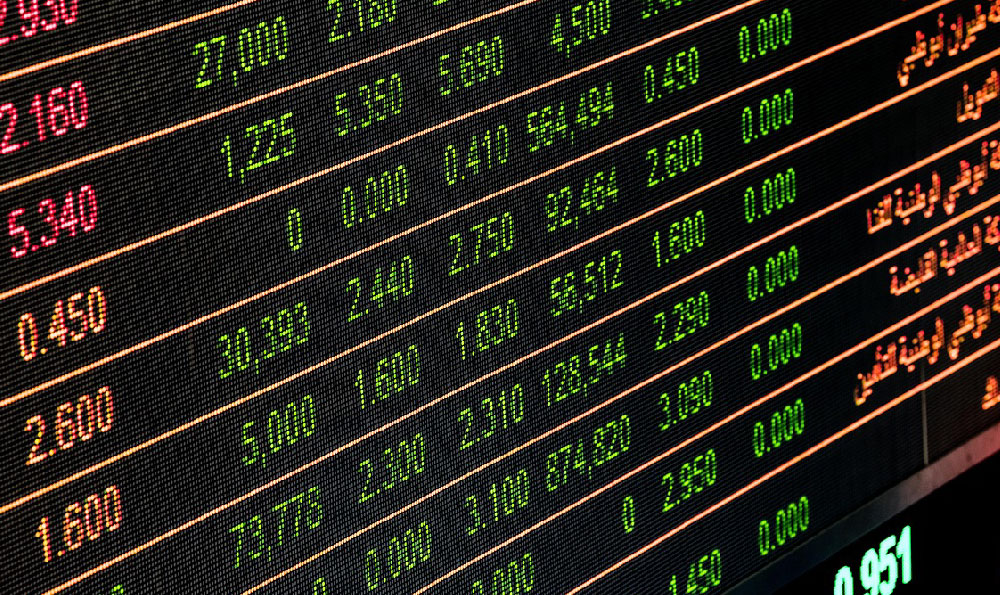
Credit card cashback programs have evolved from simple reward systems into powerful financial tools that can effectively generate passive income for savvy cardholders. When strategically approached, these programs offer more than just spending incentives—they transform into a structured method to convert daily expenses into cash rewards. To succeed in this area, it's essential to understand the nuances of cashback mechanics, optimize spending habits, and leverage the unique features of different credit cards.
One of the primary ways to maximize credit card cashback is by selecting the right card that aligns with your spending patterns. Not all credit cards offer equal cashback rates, and some specialize in specific categories like groceries, gas, or travel. For instance, a card with 3% cashback on dining purchases would be ideal for someone who frequently dines out. This tailored approach ensures that every dollar spent contributes meaningfully to your cashback earnings. Additionally, it's crucial to assess the annual fee associated with the card. While high cashback cards often come with fees, the rewards might outweigh these costs if your spending volume is substantial enough to meet the required thresholds.
Another effective strategy involves planning your spending to ensure maximum utilization of cashback benefits. This requires a balance between lifestyle needs and financial goals. For example, if you have a card that offers 5% cashback on online shopping, utilizing it for regular purchases like electronics, clothing, or home goods can make a significant difference. However, this approach should be accompanied by a disciplined budgeting plan to prevent overspending. Creating a spending spreadsheet that categorizes expenses and tracks cashback percentages allows for informed decisions. It also helps identify which categories contribute the most to your rewards, enabling you to prioritize those in your spending habits.

The cashback redemption process is another overlooked aspect. Many credit cards allow users to redeem rewards in various ways, such as cash deposits, gift cards, or statement credits. Choosing the most advantageous redemption option can amplify your earnings. For example, redeeming cashback directly into a bank account might offer higher value compared to using it for gift cards that have expiration dates or limited usability. Furthermore, some cards provide bonus cashback for certain activities, such as paying the statement balance in full or maintaining a minimum credit utilization. Taking advantage of these bonuses can further boost your returns.
Cashback is not limited to annual rewards. Some cards offer daily cashback accumulations that can be redeemed weekly or monthly. This means that consistent use of the card for regular expenses, even small ones, can add up over time. For example, a $100 weekly grocery bill can generate a significant amount in cashback if the card offers 2% or higher on those purchases. To optimize this, it's important to track your spending frequency and ensure that you're using the card for all eligible transactions. Additionally, some cards provide cashback rates that increase with higher spending volumes, making it beneficial to maintain a steady flow of transactions.
Incorporating cashback into your financial planning requires analyzing your overall financial picture. This involves comparing cashback earnings with other investment opportunities to determine the most effective method for growing your wealth. For example, if the cashback rate on your card is 5% on certain purchases, it might be more beneficial than investing in a low-risk savings account or stock market. It's also important to consider the tax implications of cashback, as some countries treat these rewards as taxable income. Understanding these nuances ensures that you're making informed choices that align with your financial goals.
The key to long-term success lies in combining multiple strategies. This includes using the card for high cashback categories while avoiding unnecessary fees, planning your spending to meet redemption requirements, and exploring additional features like travel rewards or points. For instance, some cards offer a tiered system where certain transactions earn higher cashback percentages, which can be strategically targeted. Additionally, using the card for recurring expenses such as streaming services or subscriptions can create a steady stream of rewards.
When using credit card cashback, it's also important to maintain good credit habits. Paying the statement balance in full every month avoids interest charges, which could offset the cashback earnings. Moreover, keeping your credit utilization low (typically below 30%) helps maintain a favorable credit score, which is essential for accessing better credit card offers in the future. This dual focus on rewards and credit health ensures a comprehensive approach to maximizing income.
Finally, the potential of credit card cashback is closely tied to careful planning and consistency. By choosing the right card, optimizing spending, and making informed decisions about redemptions, you can effectively convert every dollar spent into profit. However, the benefits are not instantaneous and require sustained effort. For example, maintaining a consistent spending pattern over several months might take time to generate substantial cashback. Nevertheless, the long-term rewards make this strategy worthwhile for those willing to invest in their financial future.
Ultimately, credit card cashback programs offer a unique opportunity to generate income from everyday transactions. By understanding how these programs work, choosing the right card, and optimizing your spending habits, you can turn your credit card into a valuable financial tool. However, success requires discipline, careful budgeting, and a strategic approach that aligns with your overall financial goals. When mastered, cashback can become a sustainable source of income that complements other investment strategies.





